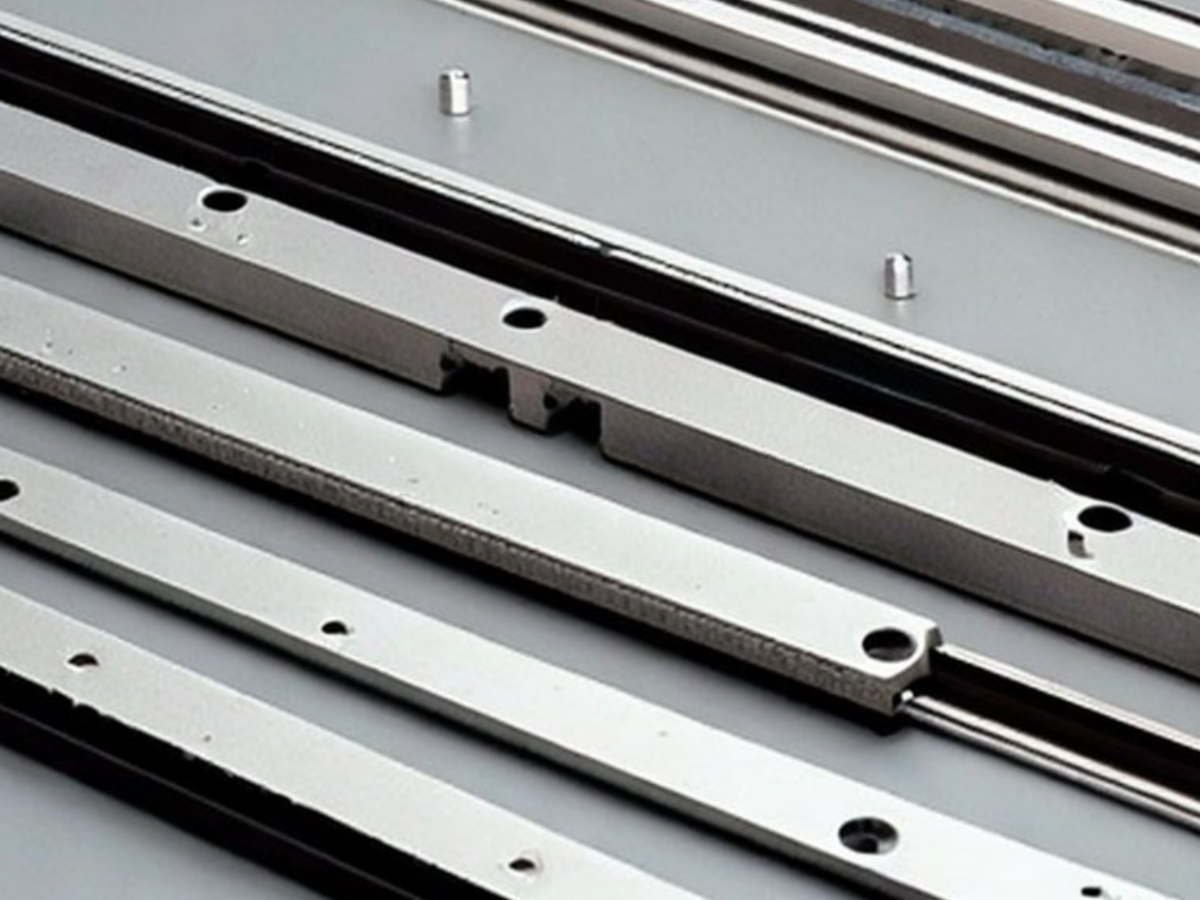Introduction
Linear motion guide rails are essential components used in various industries to provide smooth linear motion for machines and equipment. They are designed to provide precise and accurate motion control for heavy loads, and they are often used in manufacturing, transportation, and other industrial applications.
What are Linear Motion Guide Rails?
Linear motion guide rails are mechanical components that provide support and guidance to machines and equipment. They are made up of two main components: the rail and the carriage. The rail is a long, straight, and rigid structure that provides a track for the carriage to move along. The carriage, on the other hand, is the moving part that slides along the rail. It is usually attached to the load or the machine that needs to be moved.
How do Linear Motion Guide Rails Work?
Linear motion guide rails work by using rolling elements such as balls, rollers, or needles to reduce friction and provide smooth linear motion. The rolling elements are located between the rail and the carriage, and they allow the carriage to move along the rail with minimal resistance. The rolling elements are usually made of steel, and they are designed to withstand heavy loads and high speeds.
Types of Linear Motion Guide Rails
There are several types of linear motion guide rails available in the market. Some of the most common types include:
- Ball-type guide rails
- Roller-type guide rails
- Needle-type guide rails
Each type has its own advantages and disadvantages, and the choice of guide rail depends on the specific application and the load requirements.
Advantages of Linear Motion Guide Rails
Linear motion guide rails offer several advantages over other types of motion control systems. Some of the main advantages include:
- Precise and accurate motion control
- High load capacity
- Low friction and minimal wear and tear
- Smooth and quiet operation
- Easy to install and maintain
Applications of Linear Motion Guide Rails
Linear motion guide rails are used in a wide range of applications, including:
- CNC machines
- Robotics
- Packaging machines
- Printing machines
- Medical equipment
- Semiconductor manufacturing
Conclusion
Linear motion guide rails are critical components in various industrial applications. They provide precise and accurate motion control for heavy loads, and they are designed to operate smoothly and quietly with minimal wear and tear. With different types available in the market, it is essential to choose the right guide rail for the specific application to achieve optimal performance.

